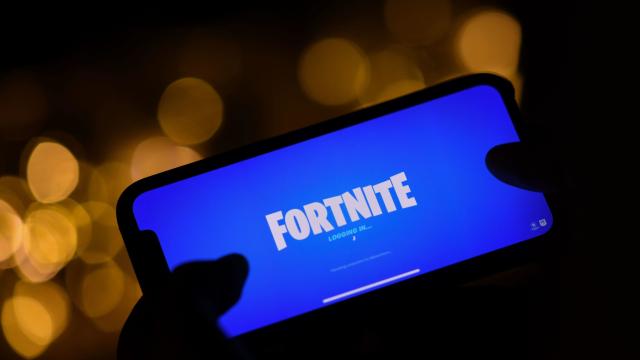I love video games. The popular battle royale game Fortnite, however, is not one of them. That’s probably a good thing for the planet because new data shows that the game is really carbon-intensive. Sorry to my 11-year-old nephew and millions of others, though, who play.
The game launched in 2017 as one of the first with the battle royale format, which throws 100 players into a single map to battle to the death. Data released last week and shared with Earther on Friday found that in April alone, game play resulted in 140,800 metric tons of carbon. Slots Online Canada, which usually reviews casinos but also crunches data on gaming events, took a look into April because of Astronomical, the high-profile digital tour from Travis Scott then that brought in millions of players.
It turns out having 12.3 million global players for a single event has a serious impact on the amount of carbon released. All digital services — from video streaming to our internet — require power. Our devices themselves (computers, game consoles, and TVs) require power, but so do the data servers that make the games possible in the first place. When players are online, it can be rough on the planet but especially when they all log on at once to stream a gaming event and download new digital items. While emissions tied with Fortnite are likely lower in an average month when one of the world’s biggest hip hop stars isn’t hosting an event, the game still clearly has some cleaning up to do.
Fortnite is unfortunately not alone. YouTube has received similar scrutiny for its carbon emissions as has Netflix and, uh, porn. Unfortunately, users playing the game on their PCs are contributing more than those who play on their Nintendo Switches or PlayStation 4. PCs use more electricity, resulting in higher carbon emissions. The analysis shows PCs emit 0.057 kilograms of carbon dioxide per kilowatt-hour. Meanwhile, Nintendo Switches (the cleanest of the three) emit only 0.051 kilograms of carbon dioxide per kilowatt-hour
As the analysis makes clear, the 140,800 metric tons of carbon is equivalent to consuming more than 56.7 megalitres of gasoline or burning some 70 million kilograms of coal. While world leaders are slowly taking steps to address the footprint from vehicles and power plants, the digital sector has been largely ignored.
Internet access is expanding and should reach nearly 90 per cent of the global population by 2030. That is, of course, a good thing when it comes to equity and democracy, but the energy powering these data centres needs to be clean if this service is going to expand sustainably. As of now, though, digital carbon emissions are forecast to rise to 8 per cent of the global total by 2025, up from 4 per cent a year ago. If we don’t clean it up soon, whether we’re able to log on to play Fortnite will be the least of our worries.
